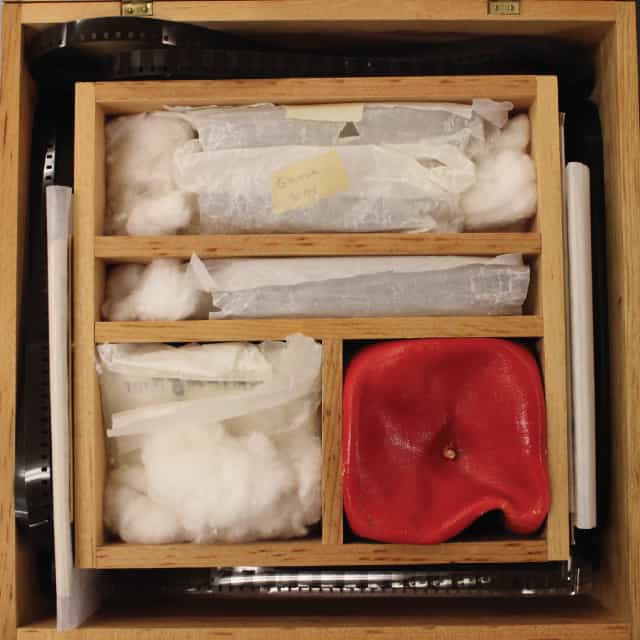Taking shape around 1959, the international cohort of artists known as Fluxus experimented with —or better yet between—poetry, theater, music, and the visual arts. More than a list of artists, a historical moment, or a set of artifacts, Fluxus gives name to a network of social relationships and common approaches to art-making that highlights, among other things, playfulness, simplicity, internationalism, intermedia, ephemerality, and the unity of art and everyday life. The American artist Ken Friedman calls Fluxus a “laboratory,” emphasizing both its experimentation and collaborative spirit. For his Lithuanian-born countryman George Maciunas, Fluxus is “a way of doing things” that foregrounds process over product. The Japanese artist Mieko Shiomi proposes that Fluxus is a set of lived concepts, a “pragmatic consciousness,” in which “we see things differently in everyday life after performing or seeing Fluxus works.”
Fluxus Digital Collection
The Fluxus Digital Collection is an online archive that gathers an eclectic range of artworks by one of the most important movements of the twentieth century. The group’s members are famous for their creation of ephemeral and genre-blurring “intermedia” artworks, their performance events, and the international networks they forged to facilitate creative collaboration.
The University of Iowa Libraries houses an impressive collection of Fluxus art and ephemera, including works by internationally acclaimed artists Ken Friedman, John Cage, Dick Higgins, George Maciunas, Yoko Ono, Mieko Shiomi, Nam June Paik, George Brecht, Robert Filliou, Ay-O, Dieter Roth, Joseph Beuys, Milan Knizak, Shigeko Kubota, among others.

